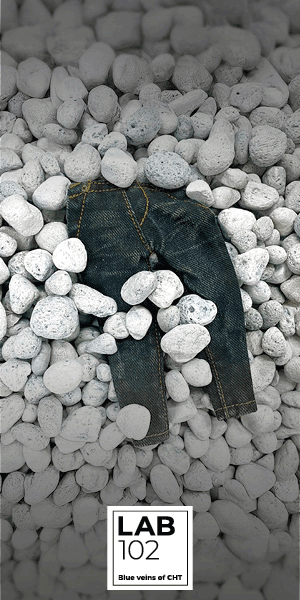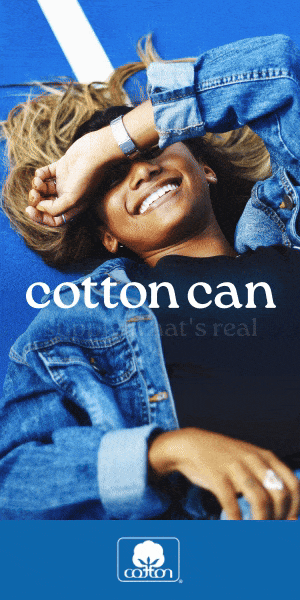Ken Kiser: Sustainability lies in durability

Ken Kiser has spent 29 years implementing operational, environmental and quality control measures at companies including American Eagle and JC Penney, Jones Apparel and Nanotex. He is now Carhartt’s director of quality for raw materials, and hopes for a move away from fast fashion towards higher quality, durable products.
What do you enjoy most about your job?
The best part of my role is the interaction with diverse people from different areas (Carhartt significantly encourages inclusion initiatives that leaves a legacy), cultures (utilise global supply chain), and perspectives (we actively seek diversity). Textiles relies heavily on trusting and transparent personal relationships, so these friendships (not just business) are what have kept me going through these many years.
I love understanding the challenges that our internal and external partners experience in a hands-on personal manner, which obviously the on-site travel part of this is impacted by the Covid-19 situation. I have recently enjoyed seeing how our internal and external partners have understood our Carhartt protocols, made decisions with my now remote advice, and proposed new methods based on their capabilities to effectively respond to our combined needs to keep business moving.
I have been in the textile industry for almost 30 years and my role now is to mentor and educate the next generation to build a better world for tomorrow through my small contributions to local and global communities. I have learned that I can impact not just that person, but the lives of their families and the areas where they reside.
What’s important to you when selecting new materials?
New raw materials must be:
• durable for our hard-working customers - we conduct intensive fabric, trim, and garment testing
• environmentally-friendly: sustainable fabrics such as “CleanKore” indigo dyeing, Unifi Repreve recycled polyester, HeiQ functional performance (anti-microbial, moisture management, and water repel), Huntsman low temperature dyeing, and an overall switch from sulfur dyes; and “green” garment processing - limiting potassium permanganate and hypochlorite chemicals to favour laser, ozone and low-water garment finishes
• ethically manufactured - we heavily vet all suppliers and their sub-contractors before a programme starts and audit annually
• consistent quality and colour
• stable supply in the countries that we produce our goods
• cost effective, but not the primary consideration
How much of the sustainability of the garment is rooted in materials, and what’s your focus in this regard?
Sustainability and regulatory considerations (Carhartt is known for our Personal Protective Equipment-PPE) are paramount, so my role is to research and confirm that we balance environmentally-friendly chemistries with functionality. We actively use sustainable materials (even at higher cost) unless it significantly affects performance (an example is C-6 functional chemistries that must be used for oil-based repellency).
How has the pandemic affected your business and how might it change things going forward?
Carhartt business is neutral to last year, which is fantastic based on hard hits that our competitors and other apparel labels have experienced in 2020. Our specialty is durable, quality and safety apparel that is not as fashion-forward as others, which is exactly what is needed by the front-line health, logistics, and operations personnel that are so critical these days. Our Carhartt apparel and equipment is perfect for working around home as well to improve homes, landscaping, and other community projects since we have so much time away from the office (but actually more work!).
We have increased our e-commerce capabilities and marketing to meet this need, which has kept our distribution centres very busy (they implemented social distancing initiatives, but did not reduce staff due to this demand). Carhartt owns multiple cut/sew facilities in the United States and Mexico, so we have transitioned many of those workers to new programmes never considered previously: protective gowns (over 500,000 to date); non-woven face masks (actually bought two automatic machines that are approaching 3 million produced); and personal protective hand-sewn knit masks (re-purposed an interlock knit normally used in shirts to make 150,000 units for our workers and partners).
Is there anything that frustrates you or you would like to change about the industry?
There is no longer a need for fast fashion, which has contributed to waste in our landfills and polluted the environments around the mills and garment processing facilities. We seriously need to educate the consumer that quality apparel that is durable across multiple seasons, can be recycled, and has potential for re-purpose or repair is the answer. Fast fashion has not benefitted Third World countries as much as they state since they demand low costs that encourage environmentally harmful chemistries, poor fabric quality, shoddy workmanship and depressed conditions for the workers.













